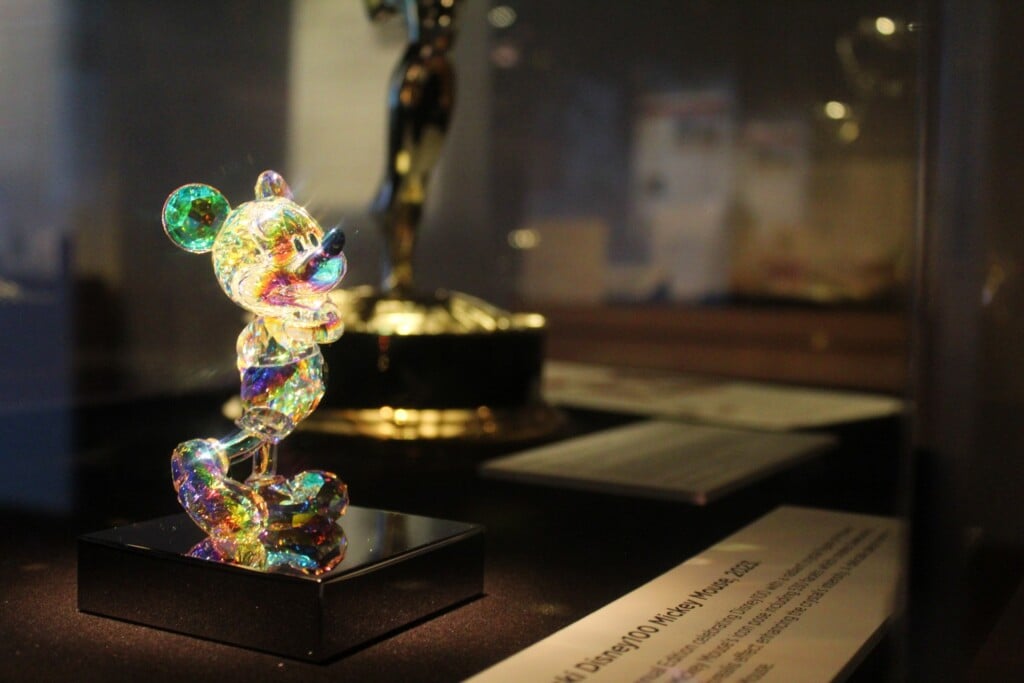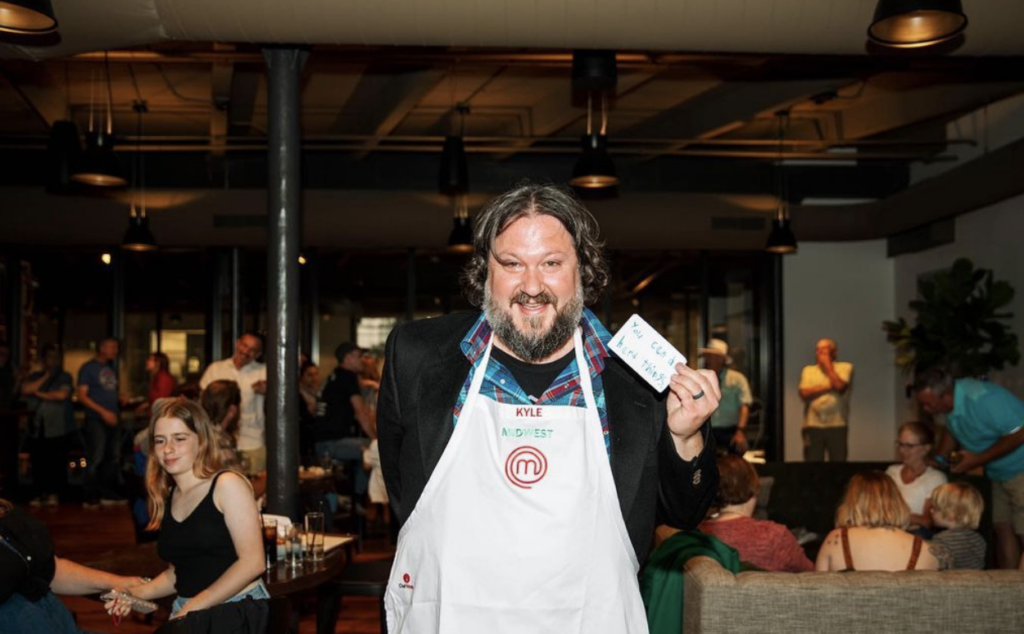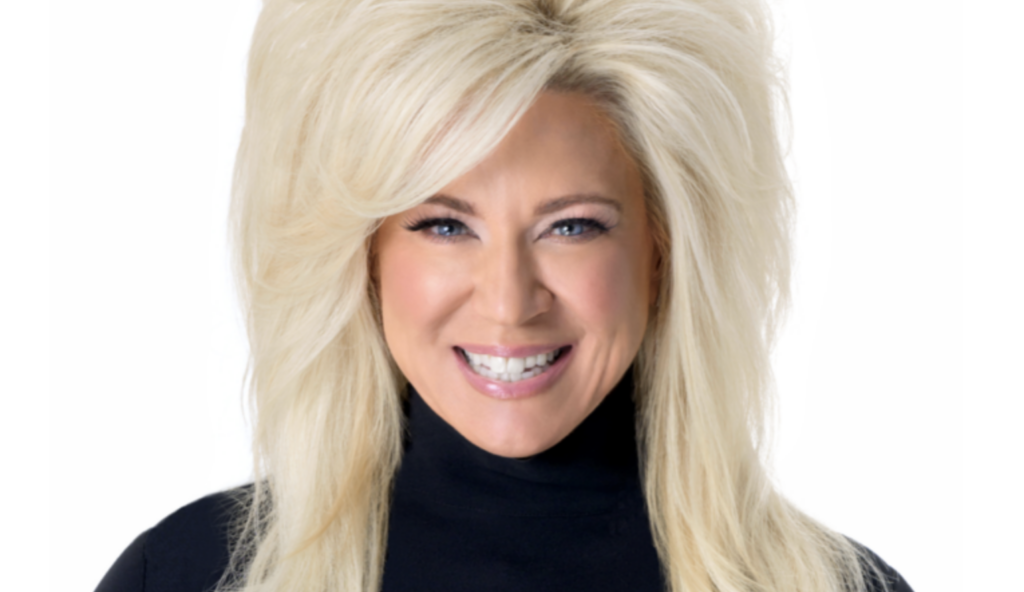Wonder Woman
When Late Night Theatre veteran and pop-culture obsessive Philip blue owl Hooser first saw the 1939 film The Women, he fell in love. Among the swoonworthy cast: a wisecracking Rosalind Russell, a naive Joan Fontaine and, as the ultimate home wrecker, Kansas City native Joan Crawford. Hooser recalls experiencing an instant identification with the characters, especially the ladies’ way of masking their emotional vulnerability with sparkling and often catty wit.
As Hooser opens his one-man homage to the movie, The Woman, his character — called The Man — is a Jell-O-y statue of vulnerability himself. It’s the 1950s, and the flamboyant, over-rouged “homosexualist” (a word from the medical journals of the time, when too much swish could get you confined to a loony bin) is trying to pin down his beau for a rendezvous at a screening of The Women later that night. From the one-sided phone conversation, it seems the boyfriend is waffling. The Man pleads his case, saying, “But it’s my favorite movie of all time!”
The Man waits out a response at his job in Le Hat Shoppe, a pink-and-black jewel box of a set stunningly designed by Jon Young. (The set’s all the more impressive when you consider that Late Night just ripped out its elaborate Kamp Tittekaka set last weekend.) Under the watchful eyes of dozens of wig dummies topped with vintage chapeaus, he decides to act out the entire movie for his own amusement.
To distinguish between the forty-plus women Hooser introduces, he animates the narrative with a lot of “And then she said … ” Thankfully, that’s later dropped when he establishes each major player by wearing a hat or wig or accessory to stamp her identity. Russell’s Sylvia, for example, is represented by a simple beret pierced with a footlong feather. In identifying the Crawford character, Crystal, the slatternly perfume counter girl, Hooser blurs the actress and the character with a shoulder wrap that accentuates Crawford’s mammoth upper torso and is glitteringly embroidered “J.C.”
With these constantly shifting and consistently entertaining adjustments, Hooser plows through the film at a breathless pace — by the end, one can only hope there’s an oxygen tank in the wings. Knowing the high points of the movie will help audiences follow Hooser’s journey. In fact, Late Night’s Ron Megee says several groups have arranged for the film to be shown at the theater just prior to Hooser’s adaptation. The most memorable landmarks along the way include a confrontation between Norma Shearer’s Mary and Crystal, the woman sleeping with her husband, at a high-end fashion show; a train ride to Reno once Mary decides she must abort her marriage; and the madcap finale in the ladies’ room of a penthouse casino, where the fur really flies.
The set never changes, but Hooser is wonderfully inventive at taking us into each chapter of the movie and each persona of its biggest stars. When The Man drops the storytelling for two more phone calls from his male friend, though, the results are mixed.
I’m not convinced that the three musical interludes, though competently performed, make sense. First, The Man sings “The Ladies Who Lunch,” from the musical Company. The other song re-creates Barbra Streisand’s climactic “My Man,” from Funny Girl. They fit to a tee the action they comment upon but are chronologically suspect — both numbers come from the late 1960s. Hooser deserves his curtain call music, though: Chaka Kahn’s “I’m Every Woman.”
The show is directed by Val Mackey, who impressively keeps Hooser — a notorious ad-libber — on task. Hair, makeup and costume design are credited to Andy Chambers and DeDe De Ville, who have stocked the set with loads of colorful eye candy. Though some of the light cues for B.J. Yulich’s design seemed a little out of sync, the way in which he spotlights Little Mary does wonders for emphasizing her innocence and, weirdly, gives Hooser the aura of another great comic, Oliver Hardy.
Postscript: Though actor Don Richard has his summer booked with Forbidden Broadway at City Stage at Union Station, it’s unlikely he’ll stay in Kansas City much beyond that. Instead, he’s hoping to rejoin the longtime composing team of Elton John and Bernie Taupin as they prepare The Vampire Lestat for Broadway’s 2004-05 season.
Richard, who made a name for himself in the Kansas City theater scene of the 1990s with such shows as Falsettoland and The Lisbon Traviata at the Unicorn, has of late been treading the boards in New York. Among his successes there have been gigs in the original Broadway cast of Jane Eyre (the cast album of which features his voice in the first few bars) and a long run with Urinetown. Lestat marks a venture into new Broadway territory from the ground floor.
Richard says he wasn’t involved with the November 2003 reading of Lestat, John and Taupin’s earliest effort to forge a musical out of Anne Rice’s Interview With a Vampire and The Vampire Lestat. “They added me when it was recast and read again in February,” he said recently. “We did a presentation of the piece for the Warner folks and got an excited call a few days later to say ‘It’s a go’ in the spring of ’05.”
Though Elton John’s Broadway skills are still reaping big residuals with The Lion King and Aida, The Vampire Lestat would be his and Taupin’s first go at a book musical. Taupin described the show to Playbill.com as “a serious and seductive musical setting” of Rice’s vampire stories — “not a rock opera.” He added that the show will be “stripped of gothic clichés.”
Though Richard doesn’t yet have a contract in hand, he has reason to feel optimistic. “My involvement has been intimated,” he says.




